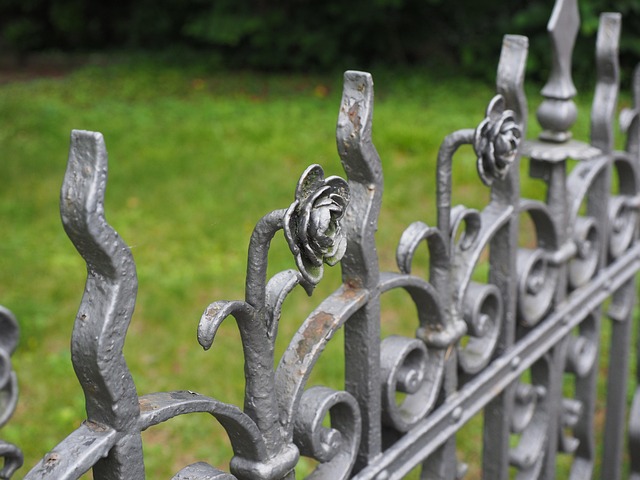Privacy fences offer a secure and aesthetic solution for New Bedford homeowners seeking to protect their properties and personal spaces. This guide explores the benefits of various privacy fence types, from wood and vinyl to chain link, helping you choose the ideal material that aligns with your preferences and budget. We’ll walk you through the installation process, providing a step-by-step breakdown for a sturdy, secure fence, and offer maintenance tips to ensure its longevity and maintain your desired level of confidentiality.
- Understanding Privacy Fences: Benefits and Types for Your Property
- Choosing the Right Material for Longevity and Aesthetics
- Installation Process: Step-by-Step Guide for a Secure Fence
- Maintenance Tips to Ensure Durability and Confidentiality
Understanding Privacy Fences: Benefits and Types for Your Property
Privacy fences serve as more than just physical barriers; they are investments in your property’s security, aesthetics, and peace of mind. There are numerous benefits to installing a privacy fence, including increased safety by blocking unwanted intruders, enhanced outdoor comfort by creating a designated private space, and potential rise in your home’s value due to improved curb appeal and functionality.
Various types of privacy fences cater to different preferences and needs. Wooden fences offer classic charm and natural beauty, while chain link fences provide a cost-effective solution that’s ideal for security purposes. Vinyl fences are low-maintenance options known for their durability and wide range of colors and styles. Iron or metal fences exude strength and sophistication, making them excellent choices for both security and visual appeal. Each type offers unique advantages, ensuring you find the perfect fit for your New Bedford, MA property.
Choosing the Right Material for Longevity and Aesthetics
When it comes to privacy fences, choosing the right material is key for both longevity and aesthetic appeal. In New Bedford, MA, where outdoor spaces are cherished, selecting durable yet visually pleasing options can enhance your property’s value while ensuring your privacy. Traditional materials like wood offer a classic look but require regular maintenance due to elements like rot and pest damage.
On the other hand, modern vinyl fencing is an excellent alternative that offers superior resistance to weather conditions and pests. It comes in various styles and colors, allowing you to create a custom design that complements your home’s architecture while providing long-lasting privacy. Moreover, vinyl is low-maintenance, making it a practical choice for busy homeowners seeking ease of care without compromising on style.
Installation Process: Step-by-Step Guide for a Secure Fence
Installing a privacy fence is a straightforward process that involves several key steps to ensure a secure and durable barrier. First, measure the perimeter of your desired fencing area accurately to determine the required materials. This includes posts, rails, pickets, and any necessary hardware. Clear the site by removing vegetation or debris that could interfere with the fence’s stability.
Next, dig holes for the fence posts at marked locations along the perimeter. The holes should be deep enough to support the post’s length and width, typically around 3-4 feet deep. Set the posts in place, ensuring they are plumb (straight) and level. Use concrete to secure the posts firmly in the ground. Once the concrete sets, attach horizontal rails to the posts using brackets or nails, following the manufacturer’s instructions for spacing and fastening. Finally, install the pickets in between the rails, creating a solid barrier that provides privacy and security.
Maintenance Tips to Ensure Durability and Confidentiality
Regular maintenance is key to keeping your privacy fence in top condition, ensuring both its longevity and the continued confidentiality it provides. Start by inspecting the fence regularly for any signs of damage, such as splintered wood or loose posts. Promptly repair or replace any damaged sections to prevent further issues. Keep an eye out for overgrown vegetation that could obscure the fence or provide access for intruders; trim back trees and shrubs around the fence line to maintain clear visibility.
In addition to visual inspections, consider a seasonal cleaning routine. Use mild soap and water to clean the fence, removing any dirt, grime, or algae buildup. This simple step can go a long way in preserving the fence’s appearance and protective coating. Lastly, re-seal the wood annually with a high-quality water-repellent sealer to shield it from moisture damage and maintain its privacy-blocking capabilities.
